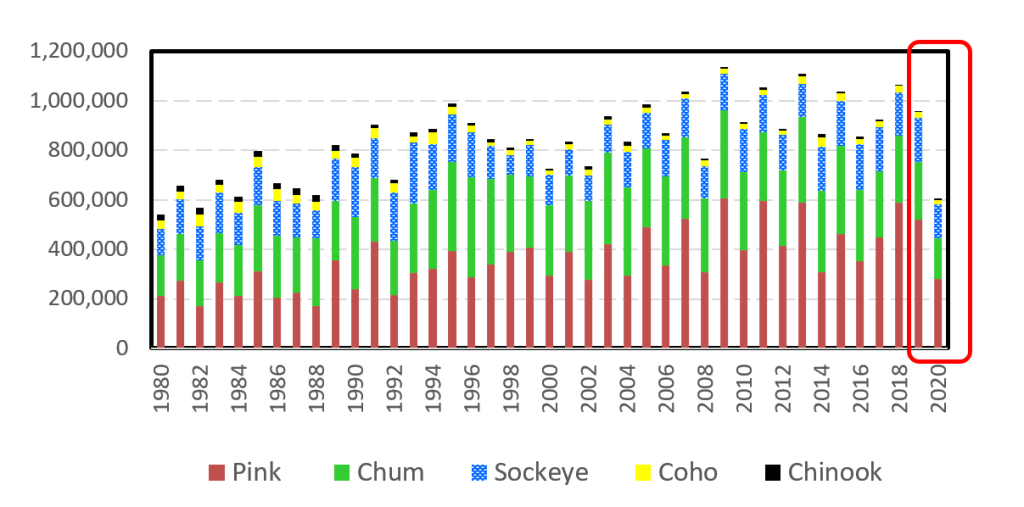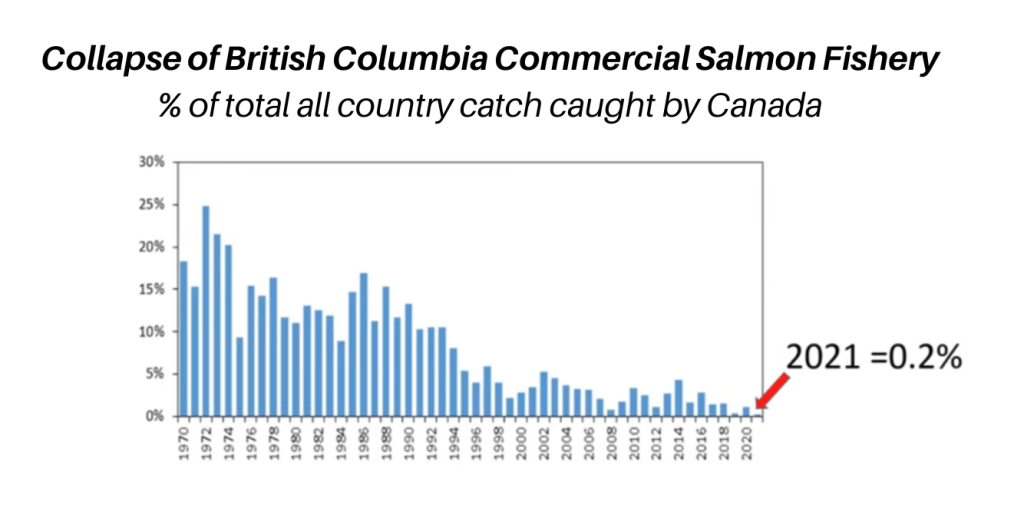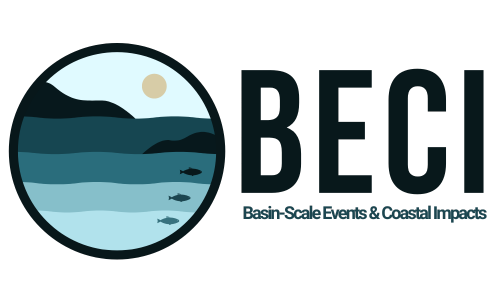ocean production
WORKSHOP 2
ocean biology and fish production
linking ocean processes and ecosystem change to fish production in the north pacific
Earth’s oceans and its cryosphere (frozen components of the Earth system, such as glaciers and sea ice) are connected to all of Earth’s climate systems through the exchange of water, energy, and carbon. Human-induced global warming is causing changes to Earth’s oceans and cryosphere, from decades to millennia, that are inevitable – and some, irreversible. Coastal communities, amongst others, will suffer the effects of changes to these systems, such as sea level rise.
Selected Conclusions from the IPCC Special Report on the Ocean and Cryosphere in a Changing Climate
Communities living in close connection with polar, mountain, and coastal environments are particularly exposed to the current and future hazards of ocean and cryosphere change.
Long-term sustained observations and continued modelling are critical for detecting, understanding and predicting ocean and cryosphere change, providing the knowledge to inform risk assessments and adaptation planning.
Fisheries catches and their composition in many regions are already impacted by the effects of warming and changing primary production on growth, reproduction and survival of fish stocks.
Climate change impacts on ecosystems and their goods and services threatens key cultural dimensions of lives and livelihoods.
To learn more, visit: https://www.ipcc.ch/srocc/
The IPCC Special Report of the Ocean and Cryosphere in a Changing Climate suggests that utilizing and strengthening all available knowledge systems is crucial for strong assessments of ocean and cryosphere change and developing effective governance and response options. It also reports that “long-term sustained observations and continued modelling are critical for detecting, understanding, and predicting ocean and cryosphere change, providing the knowledge to inform risk assessments and adaptation planning.”
In recent decades, fish stocks around the North Pacific have experienced some extreme changes. Anomalous physical conditions such as the large marine heatwave in the Northeast Pacific Ocean are having marine ecosystem community impacts, such as kelp decline, sea urchin mortality, abalone declines, increased abundances of anchovy accompanied by declines in krill and many common forage fish, and harmful algal blooms. Species like Pacific salmon are seeing monster returns in some regions (Bristol Bay) and record-breaking low returns in others (Fraser River).


Ecosystem disruptions are having cascading impacts requiring unconventional management responses in fisheries and fisheries-dependent communities. As shown in the above graph from the NPAFC all nation catch, the aggregate returns for the North Pacific hide much stronger impacts on fisheries and communities at a more regional or local scale. Dramatic collapses in Canadian commercial salmon fisheries, as seen above in the Canadian salmon catch decline figure, functions as a justification for downscaled modeling and observation programs. Because of rapid and extreme changes to Earth’s oceans and cryosphere, simple statistical models relating environmental change to fish distribution and abundance are based largely on historical information and not proving robust in the face of complex changes in ocean conditions, such as temperature, stratification, nutrient supply, oxygen content, acidification, and lower trophic level community structure.
How much do we currently know about fish production?
Currently, scientists have an eroding ability to predict the abundance of fish stocks over a short period (1-3 years) and a limited understanding of factors influencing productivity now and into the future. Earth has in recent years been experiencing extreme physical conditions (such as the massive marine heatwave in the NEP from 2014-2016) with associated marine ecosystem community impacts (such as kelp and abalone decline, sea urchin mortality, harmful algae blooms, and increase abundance of anchovy accompanied by declines in krill consumption in many common forage fish). Fortunately, downscaled Global Climate Models that can be linked to ecosystem and fisheries models are showing promise as tools to forecast the impacts of a changing ocean on marine socio-ecological systems. Additionally, modern fisheries ecosystem models such as Atlantis can include diverse impacts/pathways of effects in a single model, but they take lots of time and expertise to develop and refine. A range of such models can be used with managers and stakeholders to explore potential scenarios and devise resilient management measures in advance to reduce climate risk. There are examples of well-integrated climate modeling projects, such as the Alaska Climate Integrated Modeling Project (ACLIM). ACLIM is a project by NOAA fisheries and partners to describe and project responses of the Bering Sea ecosystem to varying climate conditions.

Identifying and bridging critical knowledge gaps:
As we continue to gain new insight about complicated marine ecosystems, gaps still exist that make it difficult for scientists to have an accurate understanding of the linkages between fish conditions and oceanographic conditions. Participants in Workshop 2 identified three main gaps:
- As the ocean progressively changes, there remains little knowledge about what is regulating the production of epipelagic fishes. We still have some fundamental knowledge gaps about marine ecosystems.
- Despite substantial advancements in ocean science, our current ability to predict, forecast, detect, and respond to the impacts of ecosystem disruptions (for example, marine heatwaves) is limited.
- Our ability to incorporate the changing climate into fisheries and conservation management and decision-making systems is limited.
Although scientists still have a long way to go to better understand the mechanisms regulating complicated marine ecosystem processes, rapid innovation in technology and computing is making it easier to bridge the gaps in understanding and predicting rapidly changing ocean conditions. This workshop identified ways in which we can bridge key gaps in our understanding of the marine ecosystem:
- Despite model development being influenced and conditioned by historical data, improvements in climate and ecosystem modeling may help forecast ecosystem disruptions.
- More enhanced real-time monitoring is required to detect ecosystem disruptions in their early phases to allow for more effective management responses.
- While new data are required, we can also achieve significant progress by mobilizing and sharing of existing data.
- More fundamental research in specific areas, such as around ecological tipping points, could improve our understanding of anomalous events in marine ecosystems.
- There is a strong need to improve the connections between the scientific and management communities, including stakeholders. This includes working closely with decision-makers to develop products that are ‘fit for purpose.’
Hope for the Future
Although we continue to face many challenges in gaining a deeper understanding of how rapid changes in ocean processes are affecting fish production across the North Pacific, recent advances in modeling, observing technologies, and real-time data provide the grounds for hope to gain new and meaningful knowledge about how the North Pacific marine ecosystem works.
